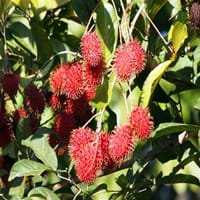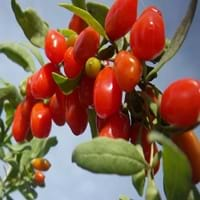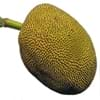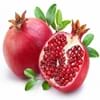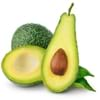Health Benefits
Anti-oxidant properties, Boosts immune system, Skin rejuvenation, Strengthening of bones
Anti-oxidant properties, Eye care, Helps in cartilage regeneration, Regulates Blood Sugar, Treatment of osteoarthritis
General Benefits
Antiseptic properties, Cures headache, Removes waste from kidney
Boosts immune system, Digestive aid
Skin Benefits
Hydrates skin
Anti-aging benefits, Reduces wrinkles, Treatment of skin diseases
Hair Benefits
Good conditioner
Protects hair, Regulates hair growth
Allergy Symptoms
Chest pains, Rhinitis, Wheezing
Anaphylaxis, Itching, Sneezing, Wheezing
Side Effects
Unknown
May interact with some drugs
Best Time to Eat
As a snack in the late afternoon, Don't consume at night and before bed, Eat the fresh ones, avoid mixing with any other foods, don't eat after meal., Morning time (before lunch)
Any time except an hour after meal, Don't consume at night and before bed
Vitamin B5 (Pantothenic Acid)
Vitamin C (Ascorbic Acid)
Vitamin K (Phyllochinone)
Calories in Fresh Fruit with Peel
Calories in Fresh Fruit without Peel
Not Available
Not Available
Calories in Canned Form
Not Available
Calories in Jam
Not Available
Calories in Pie
Not Available
Type
Tree fruit, Tropical
Berry
Season
Early summer, Early winter, Late fall, Late spring
Autumn
Varieties
Rongrien, Chompu, Rapiah, Bingjai and Lebak Bulus
No Types
Color
Coral red, Yellow
Scarlet red
Inside Color
Greyish-white
Orange
Taste
Sour, Sweet
Slightly bitter, Tart
Soil Type
Clay, Loam
Well-drained
Climatic Conditions
Humid
Cold, Hot
Facts about
- Oils extracted from its seeds is used to make soaps and candles.
- 'Rambut' means hairy in Malay.
- It makes the best hair mask.
- Seeds are edible and healthy too.
- Study says a man named Li Qing Yuen used to eat goji berries daily and lived for 252 years.
- They are also known as wolfberries in India & China.
- This fruit is used for spiritual purposes at many places.
Top Producer
Thailand
China
Other Countries
Africa, India, Indonesia, Malaysia, Philippines, Sri Lanka
Canada, France, India, United States of America
Top Importer
Singapore
United States of America
Top Exporter
Thailand
China
Botanical Name
Nephelium lappaceum
Lycium barbarum
Synonym
Rambota
Wolfberry
Subkingdom
Tracheobionta
Tracheobionta
Division
Tracheophyta
Unknown
Class
Magnoliopsida
Unknown
Subclass
Rosidae
Asteridae
Order
Sapindales
Solanales
Family
Sapindaceae
Solanaceae
Species
N. lappaceum
L. barbarum
Generic Group
Not Available
Not Available
Compare Rambutan and Gojiberry
It is important compare Rambutan and Gojiberry as both the fruits have a different nutritional value. Their comparison can be done on the basis of their vitamin and mineral content, calories, benefits as well as characteristics, making it easier for us to choose the best fruit for our diet. Their general health benefits are as follows:
Rambutan Benefits: antiseptic properties, cures headache and removes waste from kidney.
Gojiberry Benefits: boosts immune system and digestive aid.
Fruits are also used as a remedy for various hair problems. The hair benefits of Rambutan are: good conditioner and hair benefits of Gojiberry are: protects hair and regulates hair growth. Some fruits are known to cause allergic reactions. The allergy symptoms of first fruit are: chest pains, rhinitis and wheezing and the symptoms of second fruit are: anaphylaxis, itching, sneezing and wheezing. Get sorted Rambutan vs Gojiberry comparison with the help of fruit comparison tool by fruitvs.com.
